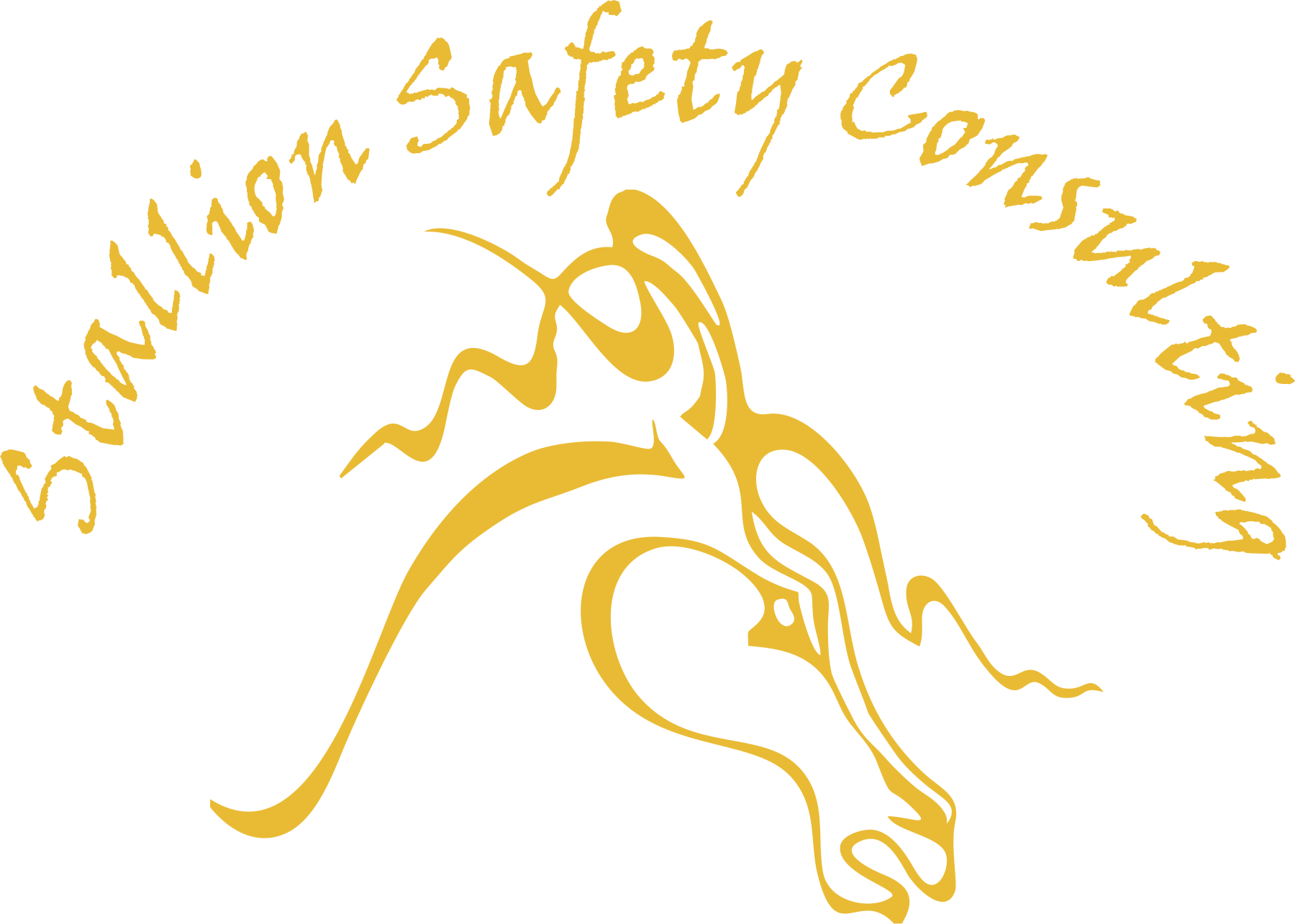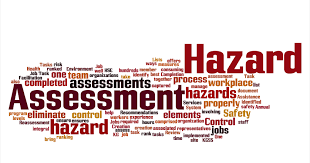|
A hazard assessment is the process used to identify, assess, and control workplace hazards and the risks to worker health and safety. The assessment is an essential part of an organization’s safety culture and safety management system. Hazard communication begins with the worker’s orientation and continues on a day-today, formal, and site-specific basis. Workers must be informed of the hazards they may encounter and the steps required to effectively control those hazards The purpose of the hazard assessment is to help develop a plan that will identify hazards, assess risks, and develop controls based on specific workplace situations. Both employers and workers have a responsibility to point out potential health and safety hazards. Select Job Task Prioritize which job tasks to analyze. Those job tasks where accidents and injuries are occurring should be analyzed first. Look at job tasks where there is a potential for serious injury. Look at new job tasks; these are important if a new process requires the development of new procedures and job tasks.
Once a job task has been chosen, it must be broken down into logical steps. Limit the number of steps in a SJP to a manageable number. Most jobs can be described in ten or less steps. The job steps must be kept in their proper sequence to ensure a proper analysis. The opportunity to make recommendations will come later in the analysis.
Once the job steps have been chosen, the potential hazards for each step can be identified. Whatever can go wrong may go wrong! What are the potential hazards as a result of each task step? Is the worker exposed to hazardous chemicals? Is the worker subject to poor workstation design? There may only be one, or there may be a large number for each job step. Preventive Measures The most important aspect of the job hazard analysis is to determine preventive measures to control or eliminate the identified hazards. If the hazard cannot be eliminated, the employer may use a combination of elimination, substitution, engineering, administrative and PPE controls to achieve a greater level of worker safety. Risk Control In many cases, it will be necessary to use more than one control. Backup controls, such as personal protective equipment, should only be used as a last resort. The best available control measure should be put in place as soon as possible, noting that in some cases it may be necessary to put temporary controls in place until better controls can be implemented. Wherever there is a high risk the job must be shut down until adequate controls are implemented.
Some events that may trigger the need to revise a hazard assessment include:
Reassess and complete the site-specific hazard assessment every time there is a change to the site or to the nature of the work. The date on the document will help keep track of changes to the assessment as time goes on, and provide valuable data to the company-wide OHS program and formal hazard assessment. |
Error
Please login and you will add product to your wishlist


 CAD
CAD USD
USD
thanks for info